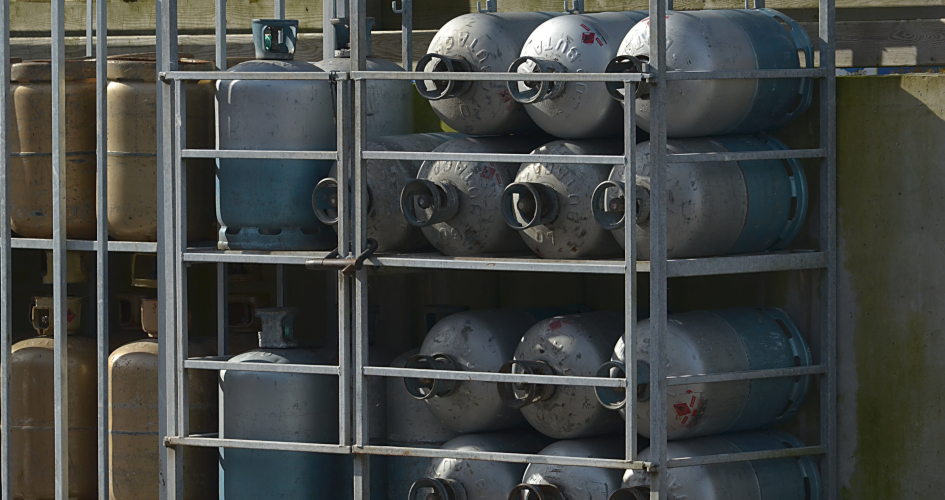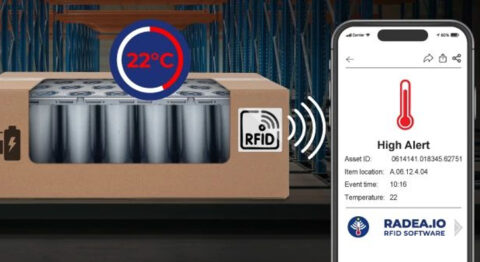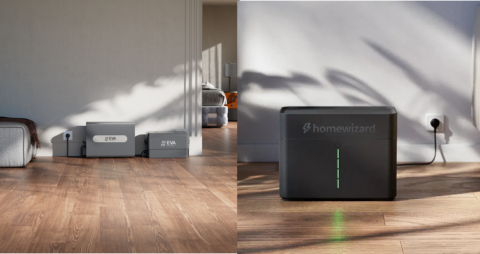Refrigerants are used in air conditioners and heat pumps, among other things, to transport heat from one place to another through a process of evaporation and condensation. Whether it's to bring coolness somewhere, or just to stay nice and warm. What refrigerants exist?
There are quite a few refrigerants, even if we look primarily at heat pumps and air conditioners. A first rough division you can make is between synthetic refrigerants and natural refrigerants. We'll start with the synthetic refrigerants. They are also called F-gases, or fluorinated gases.
Synthetic refrigerants
Important advantages of synthetic refrigerants are often very good heat transport and high energy efficiency. Logically, they are specially designed for it. Unfortunately, there are also disadvantages, as they are often solid greenhouse gases and thus contribute to global warming.
Today, fortunately, ozone-friendly HFCs are used as refrigerants. These so-called fluorocarbons (fluorinated refrigerants) can be thought of as second-generation synthetic refrigerants. Apart from in pure form, they are also used in a mixed form. Think of two or three components with different boiling points, causing evaporation and condensation within a temperature range and creating a temperature glide.
First and second generation
So HFCs are ozone-friendly, but they do contribute to the greenhouse effect. Obviously only if these F-gases end up in the environment, such as in a leak. Not for nothing is certification required before you are allowed to perform work on a circuit filled with F-gases. Because of the burden on the environment, more and more HFC refrigerants are being phased out. for example, by phasing out production capacity. In time, therefore, scarcity is expected to occur, with consequent rising prices. European regulations in the form of the F-gases regulation are also currently in flux.
A salient detail is that HFCs were developed as an alternative to the first generation of synthetic refrigerants. These were the so-called CFCs, chlorinated fluorocarbons, which were discovered to be enormously damaging to the ozone layer. Examples are R-11 and R-12 (Freon). Somewhat later, the slightly less harmful HCFCs were added, such as R-22, R-121 and R-122. These refrigerants are now banned, as are mixtures containing them.
Reduce environmental impact
Some well-known and widely used HFC refrigerants are R-410a, R-134a, R-407c, R-404a, R-507 and R-32. In which R-410a has very good thermal properties for efficient cooling and heating. It is energy efficient, but has a very high GWP (see explanation of GWP at the bottom of this article) of as much as 2088, making it considered an extreme greenhouse gas.
Refrigerant R-134a also provides good heat transfer, with the plus being its lower GWP of 1430. Although with this, therefore, it still has a considerable impact, should it be released.
HFC R-407c was developed as a replacement for the harmful HCFC R-22 and again has a relatively favorable GWP of 1774, especially compared to R-410a and many other HFCs. R-407c can even be used as a replacement for R-22 in existing systems. However, after the necessary modifications due to compatibility.
R-32 is another more environmentally friendly alternative to R-410a, this time with a significantly lower GWP of 675. The refrigerant has excellent thermal properties and high energy efficiency. It is non-toxic, though flammable at high concentrations, requiring special attention in both installation and maintenance. A refrigerant such as R-454B with a GWP of 467 is also regularly used as an alternative to R-410a.
Third generation
HFOs (Hydrogen Fluorine Olefins) such as R-1234ze and R-1234yf should be an environmentally friendly alternative to HFCs because they have a GWP of only one or four, for example. They thus constitute a new, third generation of synthetic refrigerants. These refrigerants do not deplete the ozone layer, have a low greenhouse effect and are also energy efficient. Unfortunately, it seems that an acid from the PFAS family may form if a leak occurs through contact with ambient air, thus allowing HFOs to pose major health risks.
Natural refrigerants
In addition to synthetic refrigerants, there are also natural refrigerants. These therefore occur naturally in the environment. Think of ammonia NH3 (R-717, with a GWP of 0), CO2 (R-744, the GWP of which is obviously 1) and propane (R-290, GWP of 3). While these refrigerants do not deplete the ozone layer, they also do not contribute to global warming, and thus are significantly less harmful to the environment, such refrigerants can be harmful to humans. Think of toxicity (ammonia) or flammability (propane). Special measures must therefore be taken in these areas. Consider something like installing the heat pump outdoors in the form of a monoblock.
It is noteworthy that the very first generation of chillers used natural refrigerants a very long time ago. Especially because of risks such as flammability and toxicity, they later switched to synthetic refrigerants. Because of the major environmental impact, first on the ozone layer and now on global warming, there has been a renewed interest in these natural refrigerants.
GWP
The abbreviation GWP (Global Warming Potential) indicates the effect of a refrigerant on the greenhouse effect and thus global warming. The GWP is the equivalent in comparison to the best-known greenhouse gas CO2 and is calculated over a period of one hundred years. A refrigerant with a GWP of one, therefore, means that its effect on warming is the same as if it were CO2.












